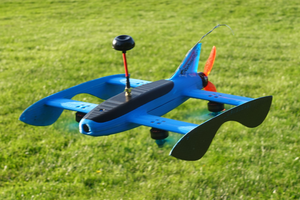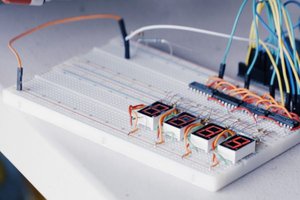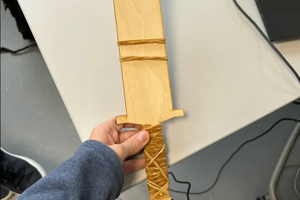Well, there's a lot of winding jigs out there, no doubt about it. Except I needed one for some thicker gauge wire. This meant that I had to use both hands to guide the wire onto the spool. That left me with no control over the rotational speed of the winder. Except for my feet, of course.
The basic structure was cobbled up in about a day or so. I had an arduino around the house and a stepper driver, together with a NEMA23, 3.3 NM stepper.
The base is made out of some resin impregnated material, 15mm thick and some polycarbonate bits I also had in my junk bin.
Once I got the electronics hooked up, I started writing the code. It's not very complicated and the part where I controlled the stepper was just copy and paste from an example script.
Because it's essential to know how many turns you wound, I added a small infrared optical sensor to the back of the motor. There's a 3D printed wheel with a cutout in it, o every revolution will increment a counter.
I have added preliminary files to this project, but if you want to check out the latest version, you can visit my GitHub project.
Yoou can also see the full project description and pics on my blog page.
 Razvan Caldararu
Razvan Caldararu
 Nick Rehm
Nick Rehm
 C.J. Windisch
C.J. Windisch
 imanolink
imanolink
 Rud Merriam
Rud Merriam